38 is country of origin required on labels
USDA Relaxes Country of Origin Labeling Rules April 21, 2020 Regulation. The U.S. Department of Agriculture (USDA) is exercising enforcement discretion for a temporary period to provide flexibilities to the Country of Origin Labeling (COOL) requirements. USDA is allowing the redistribution of food products intended for food-service markets to be sold in retail establishments. COOL is a ... A Brief History and Overview of Country of Origin Labeling Requirements Country of Origin Labeling (COOL) laws and regulations require retailers to notify their customers of the country of origin of covered commodities, which include beef, veal, lamb, chicken, fish and shellfish, goat, pork, perishable agricultural commodities, macadamia nuts, pecans, ginseng, and peanuts.
Mandatory country-of-origin labeling (US) - Wikipedia Country of origin labeling (COOL) (or mCOOL [ m for mandatory]) is a requirement signed into American law under Title X of the Farm Security and Rural Investment Act of 2002 (also known as the 2002 Farm Bill), codified at 7 U.S.C. § 1638a as Notice of country of origin.

Is country of origin required on labels
Threading Your Way Through the Labeling Requirements Under the Textile ... The labeling requirements do not apply until the products are ready for sale to consumers. Items shipped or delivered in an intermediate stage of production and not labeled with the required information must include an invoice disclosing the fiber, country of origin, manufacturer or dealer identity, and the name and address of the person or company issuing the invoice. 6 If the manufacturing ... CPG Sec. 560.200 Country of Origin Labeling CPG Sec. 560.200 Country of Origin Labeling BACKGROUND: A statement of the country of origin on the labeling of imported foods is not required by the Federal Food, Drug, & Cosmetic Act. This is a... Country of Origin Labeling (COOL) | Agricultural Marketing Service Country of Origin Labeling (COOL) is a labeling law that requires retailers, such as full-line grocery stores, supermarkets and club warehouse stores, to notify their customers with information regarding the source of certain foods.
Is country of origin required on labels. Marking of Country of Origin on U.S. Imports Marking of Country of Origin on U.S. Imports Printer-friendly version Acceptable Terminology and Methods for Marking Every article of foreign origin entering the United States must be legibly marked with the English name of the country of origin unless an exception from marking is provided for in the law. Country of Origin: Labeling, Marking and Declaring U.S. Imports Imported products in the following list are not required to be marked with country or origin. This list is commonly referred as a "J-List Exceptions" and is listed under 19 C.F.R. 134.33. One must keep in mind that rule requires country of origin marking for the outermost container in which the article reaches ultimate consumer. Country of origin food labelling | business.gov.au Country of origin labelling is not required on the following food products: foods not for human consumption (for example, pet food) foods sold in restaurants, cafes, take-away shops or schools foods sold at fundraisers foods sold from the same premises in which they have been made and packed. Country of Origin Marking - U.S. Customs and Border Protection Goods may be marked with the country of origin in English, Spanish or French, except that Canada, Mexico and the United States may, as part of their general consumer information measures, require that an imported good be marked with its country of origin in the same manner as prescribed for domestic goods.
Must ground beef have a country of origin label? - USDA AMS has no legal authority to require labels on any product other than those listed in the law. COOL is a mandatory regulatory program that requires retailers (most grocery stores and supermarkets) to provide country of origin information to consumers for certain covered commodities. PDF Country of Origin Labelling Requirements - Comparative Research and ... • different and multiple requirements for an indication of origin: - commercial invoice (and further supportive documentation) - customs import declaration (and further import documents like permits) - certificate of (non-preferential) origin (coo) - proof of preferential origin - origin labelling (and marking) - voluntary labelling as a free … Country of Origin Labeling - International Fresh Produce Association As noted above, the U.S. country of origin labeling law requires retailers to notify their customers of the country of origin of covered commodities. Many fruit and vegetable suppliers already provide origin information on their products via a number of ways (Price Look Up stickers, labels, bands, twist ties, etc.), though there are some produce items (i.e. loose green beans) where a sign on ... EU - Labeling/Marking Requirements The first step in investigating the marking, labeling, and packaging legislation that might apply to a product entering the European Union is to draw a distinction between what is mandatory and what is voluntary. Decisions related to mandatory marking, labeling, or packaging requirements may sometimes be left up to individual Member States.
eCFR :: 19 CFR Part 134 -- Country of Origin Marking Labels and similar articles so marked that the name of the country of origin of the label or article is visible after it is affixed to another article in this country shall be marked with additional descriptive words such as "Label made (or printed) in (name of country)" or words of similar meaning. Compliance FAQs: Packaging and Labeling in the US | NIST title 19, united states code, chapter 4, section 1304 and 19 cfr 134, country of origin marking regulations require that every article of foreign origin (or its container) imported into the u.s. be marked in a conspicuous place as legibly, indelibly, and permanently as the nature of the article (or container) will permit, and in such a manner as … European Union Product Labeling Requirements: A Complete Guide No, country of origin labeling is generally not required in the European Union. That said, many products sold in the European Union still carry a country of origin label (e.g. Made in China) as this is a requirement in many other countries, including the United States. Country of Origin Marking Requirements | PackagingLaw.com Under the Tariff Act of 1930, every article of foreign origin (or its container) imported into the U.S., unless exempted, must be marked in a manner that will indicate to the ultimate purchaser the article's country of origin. For example, goods originating in China must be marked, "Made in China" or "Product of China."
Product Labeling Regulations in the US, EU and Australia Most products sold in the United States must carry a Country of Origin label. If your products are manufactured in China, you may label your product as "Made in China". The country of origin must be clearly visible to the customer - either on the product itself, its packaging, or both.
What Is Country of Origin Labeling? An Overview According to U.S. Customs and Border Protection (CBP), every article of foreign origin entering the U.S. must be legibly marked with the English name of the country of origin, unless an exception from marking is provided in the law. The country of origin is defined as the country of manufacture, production or growth of an article.
Country of origin labelling - Food Standards The Australian Government introduced a country of origin food labelling system under Australian Consumer Law on 1 July 2016. Country of origin labelling requirements for food is in the Country of Origin Food Labelling Information Standard 2016, under the Competition and Consumer Act 2010. These requirements became mandatory on 1 July 2018.
Country of Origin Labeling (COOL) Frequently Asked Questions Country of Origin Labeling (COOL) is a consumer labeling law that requires retailers (most grocery stores and supermarkets) to identify the country of origin on certain foods referred to as "covered commodities".
Complying with the Made in USA Standard - Federal Trade Commission The Fur Products Labeling Act requires the country of origin of imported furs to be disclosed on all labels and in all advertising. For copies of the Textile, Wool or Fur Rules and Regulations, or the new business education guide on labeling requirements, call the FTC's Consumer Response Center (202-382-4357).
The long, tangled story behind country-of-origin labels The Tariff Act of 1930, which built on the 1890 law, required that "every article of foreign origin (or its container) imported into the U.S. shall be marked with its country of origin," unless it...
Canada - Labeling/Marking Requirements Last published date: 2021-08-20. The Canadian Consumer Packaging and Labeling Act requires that all labels be bilingual in English and French and that the following information appear on the package/label of consumer goods sold in Canada: · Product Identity Declaration: describes a product's common or generic name, or its function.
Country of Origin Requirements in the United States: An Overview Country of origin rules generally requires that the manufacturing country of origin is permanently labeled on the product and its packaging. However, this is different when it comes to watches. The origin of wristwatches is determined by the origin of the movement, rather than the country of watch assembly.
Origin Labeling Requirements for Imported Commodities Passed Tuesday, June 15, 2021 We have previously reported on proposed Senate legislation that would require country of origin labeling (COOL) for imported commodities sold online. On June 8, 2021, the...
Country of Origin Labeling (COOL) | Agricultural Marketing Service Country of Origin Labeling (COOL) is a labeling law that requires retailers, such as full-line grocery stores, supermarkets and club warehouse stores, to notify their customers with information regarding the source of certain foods.
CPG Sec. 560.200 Country of Origin Labeling CPG Sec. 560.200 Country of Origin Labeling BACKGROUND: A statement of the country of origin on the labeling of imported foods is not required by the Federal Food, Drug, & Cosmetic Act. This is a...
Design Your Tagless Labels - Inside Neck Tags - Tagless Transfers - Threaded Merch Screen Printing
Threading Your Way Through the Labeling Requirements Under the Textile ... The labeling requirements do not apply until the products are ready for sale to consumers. Items shipped or delivered in an intermediate stage of production and not labeled with the required information must include an invoice disclosing the fiber, country of origin, manufacturer or dealer identity, and the name and address of the person or company issuing the invoice. 6 If the manufacturing ...

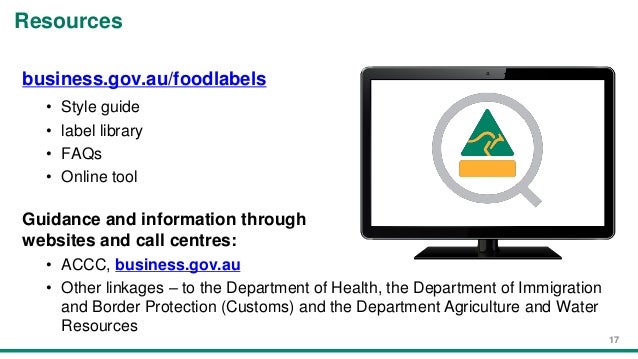

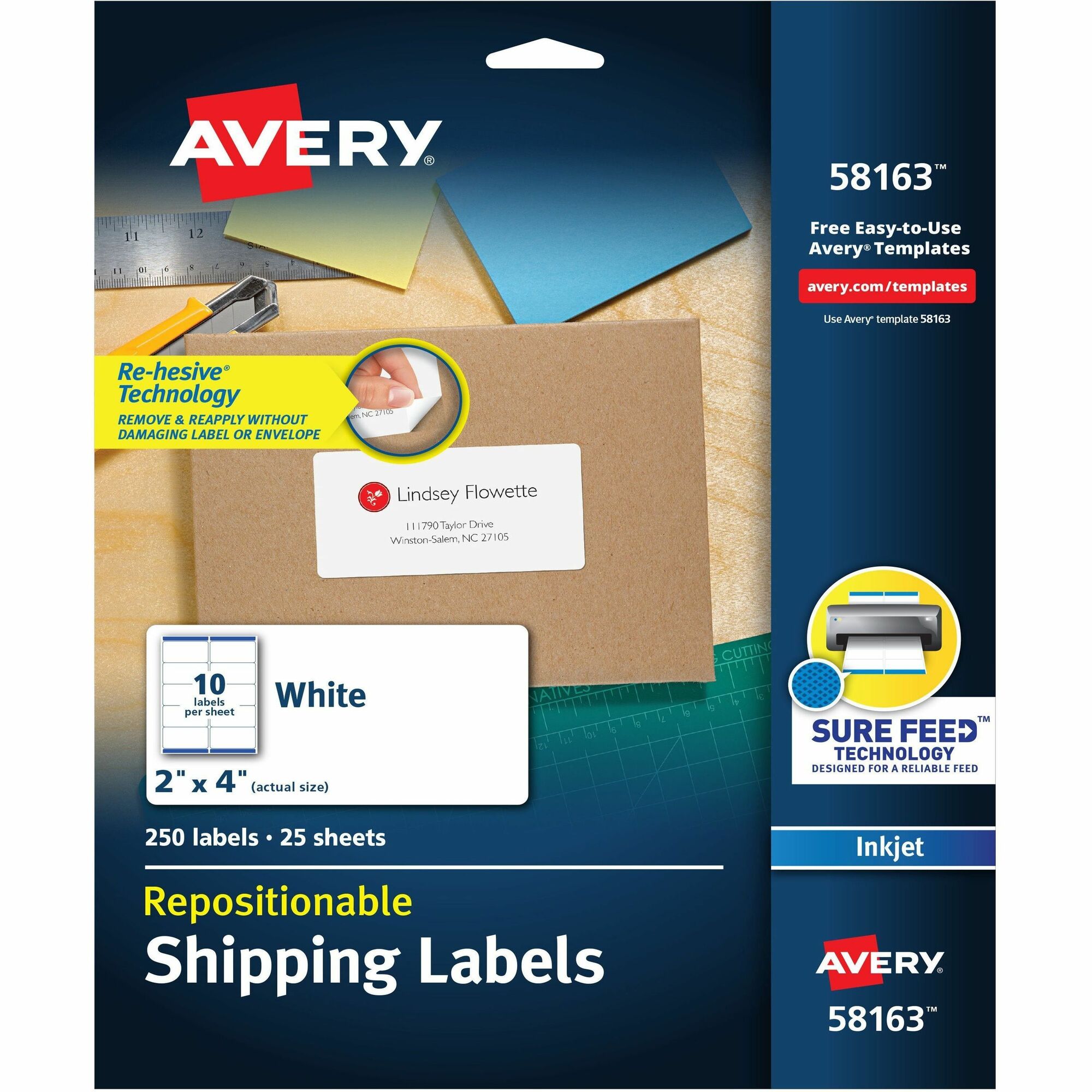


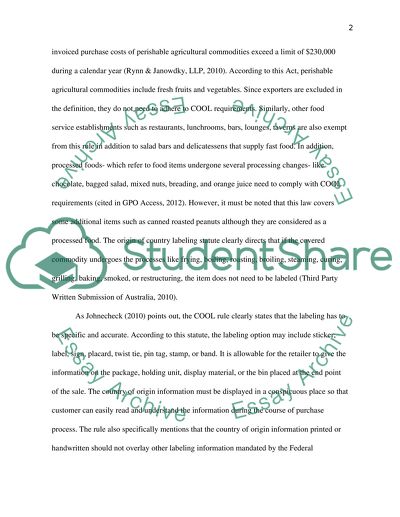
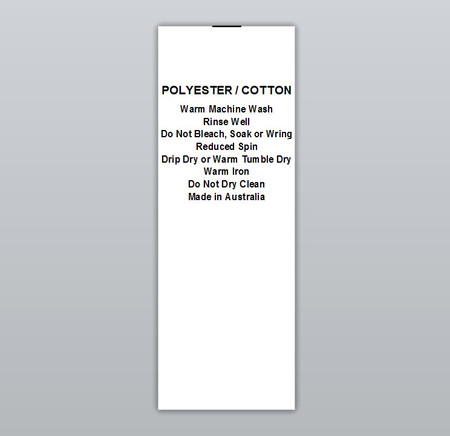
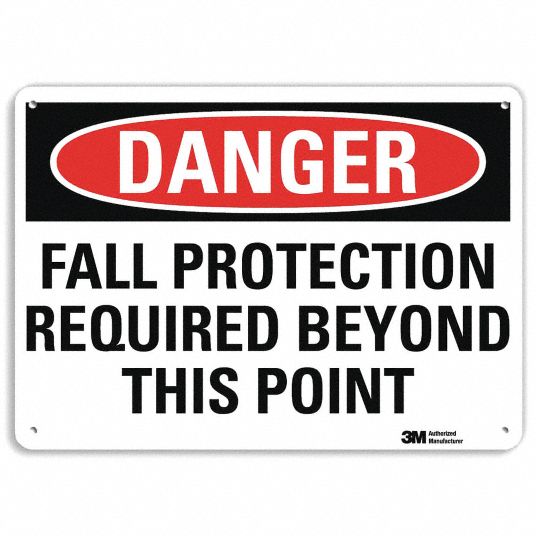

![Food Labeling 101 - FDA Regulations Guide [2021] | Bizongo Platform](https://uploads-ssl.webflow.com/5f59aa263c234bb74025de57/5fa4f8a355c6935dd2dde09d_Inner-Images-1.jpg)


Post a Comment for "38 is country of origin required on labels"